| TOPIC: Peter's "Times They Are A Changing" Piece |
Peter's piece on the increasing dominance of 28mm figures is well argued. I think that I would only want to add that: The arrival of 28mm plastics seems to have been the catalyst on the historical front to reverse the trend towards 15mm figures. Possibly this was because the adoption of 15mm in the first place was to some extent based on cost, whereas the adoption of 6mm was a requirement of the ranges inherent in tank warfare (I leave older grognards to inform or debate on the correctness of these suppositions!). Maybe 15mm will become a more niche size, particularly for players who want to play platoon - company level actions with individually-based figures post 1900 with a realistic groundscale? The premium-priced non-historical 28m figures appear to have inspired a wave of well-written skirmish rulesets which perhaps didn't exist previously, with similar historical rules then following. Perhaps 28mm attracts those for whom painting toy soldiers for their own sake is a bigger part of the hobby than painting toy soldiers to play games. This might concentrate painting talent/interest on 28mm figures, which then serves to inspire newcomers to the hobby who have the same values. Where expert painters and modellers (Steve Jones, for example) paint 6mm figures, their set-ups look just as good or better, but taken as a whole rather than the individual toy soldier in the hand; but most of these individuals may be concentrated on the 28mm scale. And perhaps we in the 6mm world havent' managed to translate as many of the wonderful game displays we see at the Joy of 6 to our regular games, to really show off the "realistic troops in realistic landscape" possiblities that 6mm offers. There is maybe a synergy in painting time and cost with 28mm figures that you don't get with 6mm figures. What do I mean? If you start with some 28mm figures, enough for a small skirmish, as you amass more, perhaps you start playing a few big battles. Are they as good for big battles? Probably not. But they are your figures already painted, with some terrain - you need to then make a decision to collect a whole new figure size and set of terrain rather than just using the stuff you already have. And lots of other people are doing it, so no shortage of opponents. There is still part of the equation I don't understand (unless it is entirely contained in the above paragraph). One of the presenters of the Meeples and Miniatures podcast has recently acquired a large 28mm orc army. But no credible amount of 28mm figures are going to look like the battle scenes in the Lord of the Rings films, whereas you really could get the effect from 6mm figures. The presenter is a fan of 6mm and uses them for games of Rommel and Epic so it certainly isn't prejudice. There is probably just simply more to do in showing that 6mm or the the other smaller scales are so much better in doing the 'look' of big battles.
|
Notice: Due to issues with the processing of VAT on deliveries to the EU a limit has been put in place, restricting orders to a maximum of £135. We apologise for any inconvenience this causes.
> Forums
Reply
1
> General > General > Peter's "Times They Are A Changing" Piece1
NEWS
'What are you working on?'19th Apr 2024
Lots of new bits and pieces for you
15th Apr 2024
This week, it’s all about Salute
5th Apr 2024
Yes, another Joy of Six update.
2nd Apr 2024
A long-ish Easter post, but a good one!
28th Mar 2024
LATEST FORUM POSTS
Renaissance Turks? by sgarnerteng20th Apr 2024
Little battles with Ancients by David Kay
19th Apr 2024
Kangaroos, Elephants & Tigers by David Kay
19th Apr 2024
Kangaroos, Elephants & Tigers by Lanksta
19th Apr 2024
Kangaroos, Elephants & Tigers by peter
19th Apr 2024
UPCOMING SHOWS
LATEST RELEASES
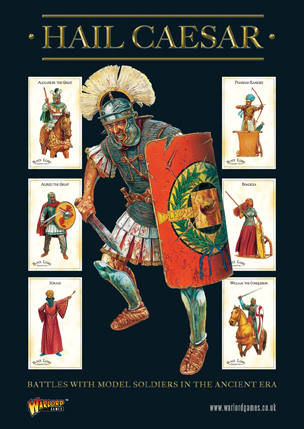 HCNOMAD
HCNOMADHail Caesar Arab Nomad Army
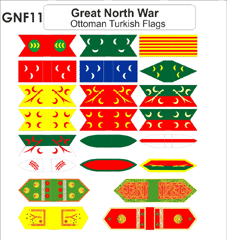 GNF11
GNF11Ottoman Turkish Flags
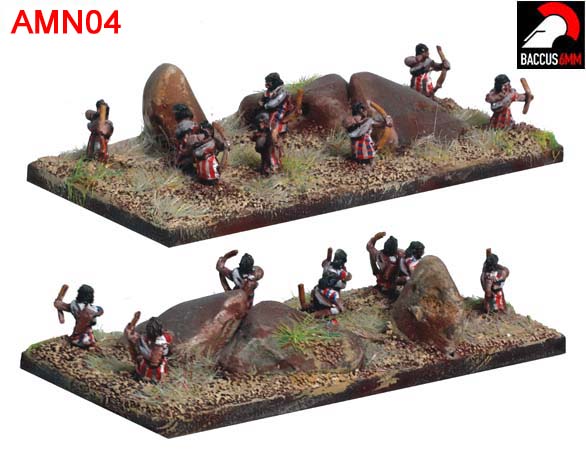 AMN04
AMN04Martu/Amorite Archers
 AMN03
AMN03Martu/Amorite Javelinmen
 AMN02
AMN02Guti Arab Javelinmen, shield
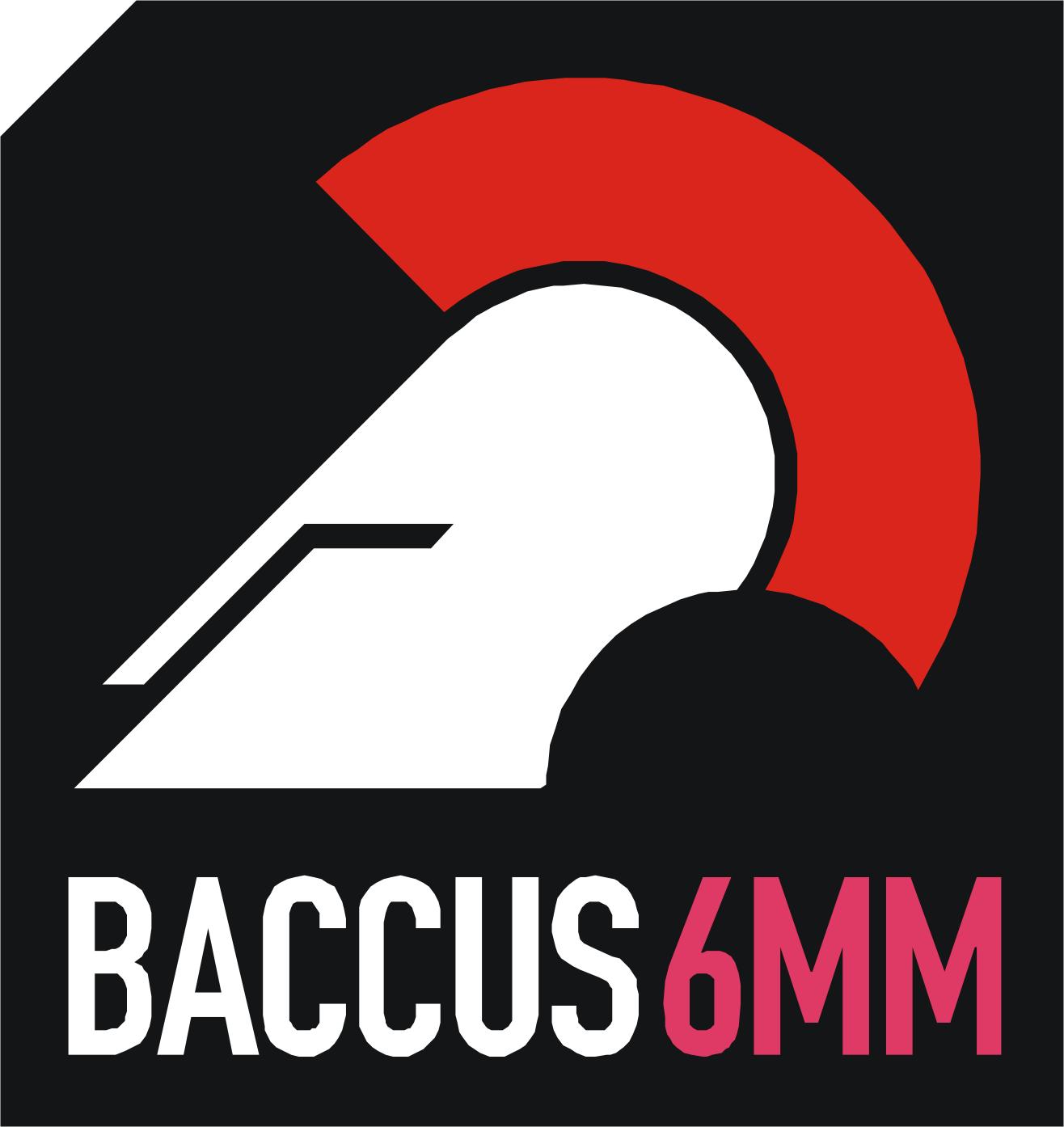





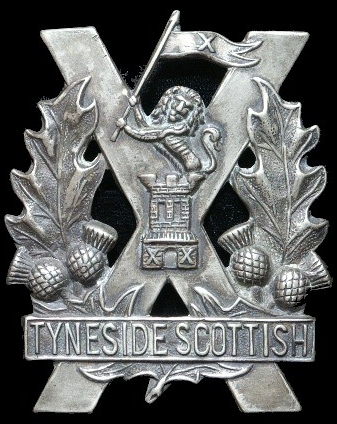 Peter's "Times They Are A Changing" Piece
Peter's "Times They Are A Changing" Piece